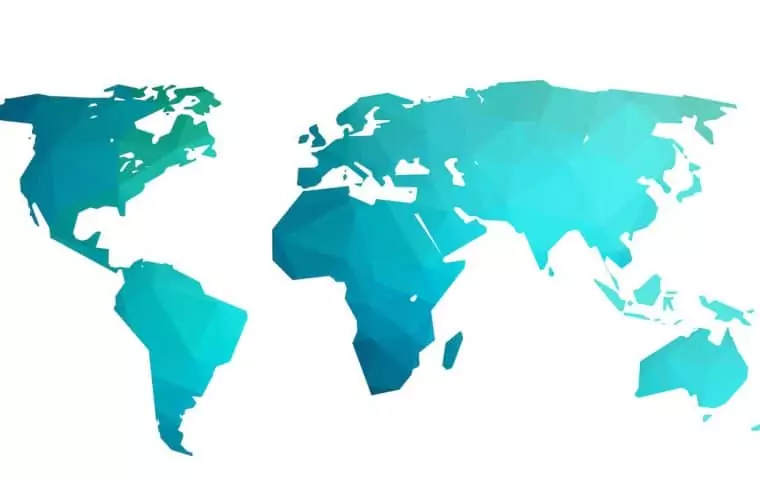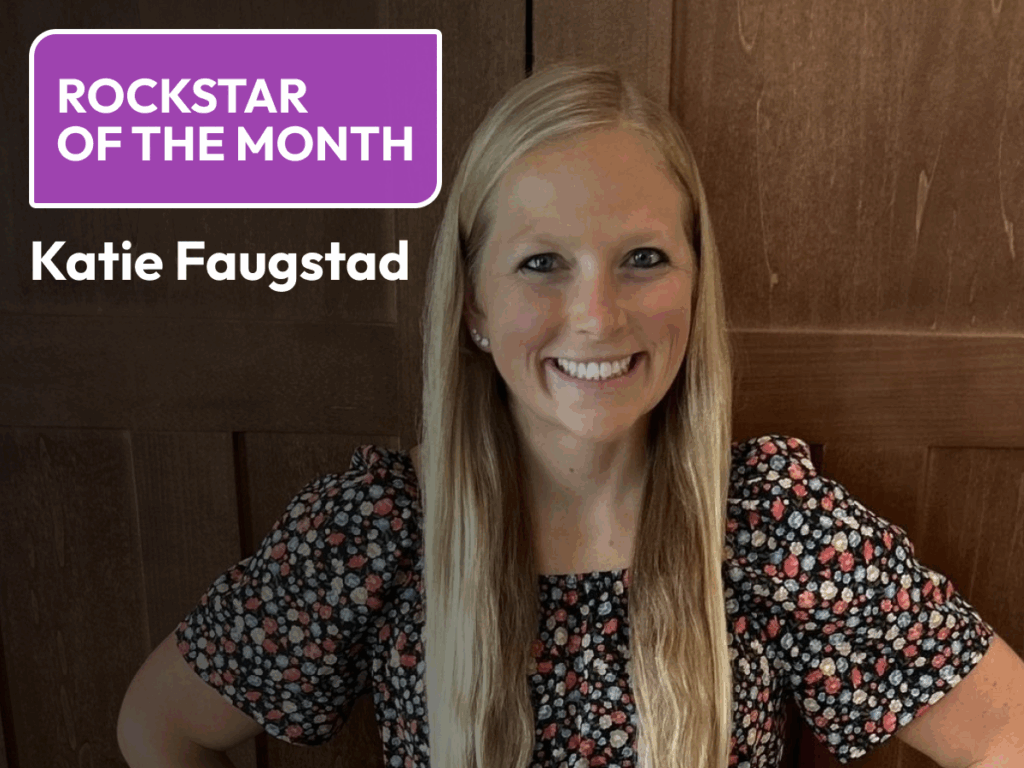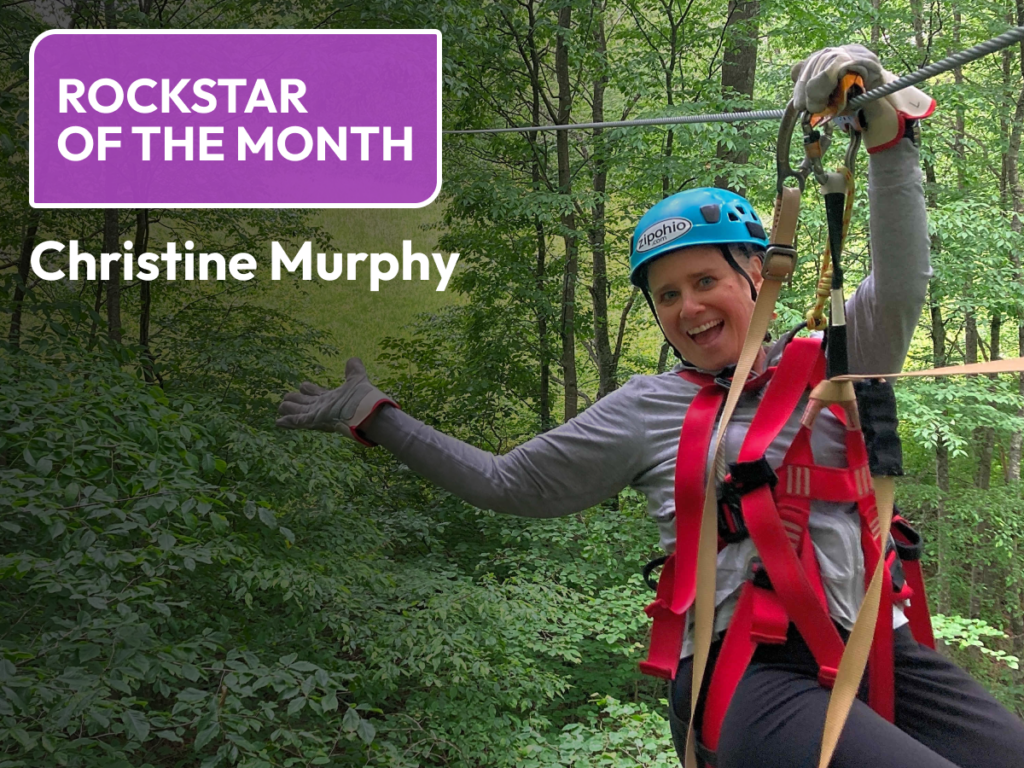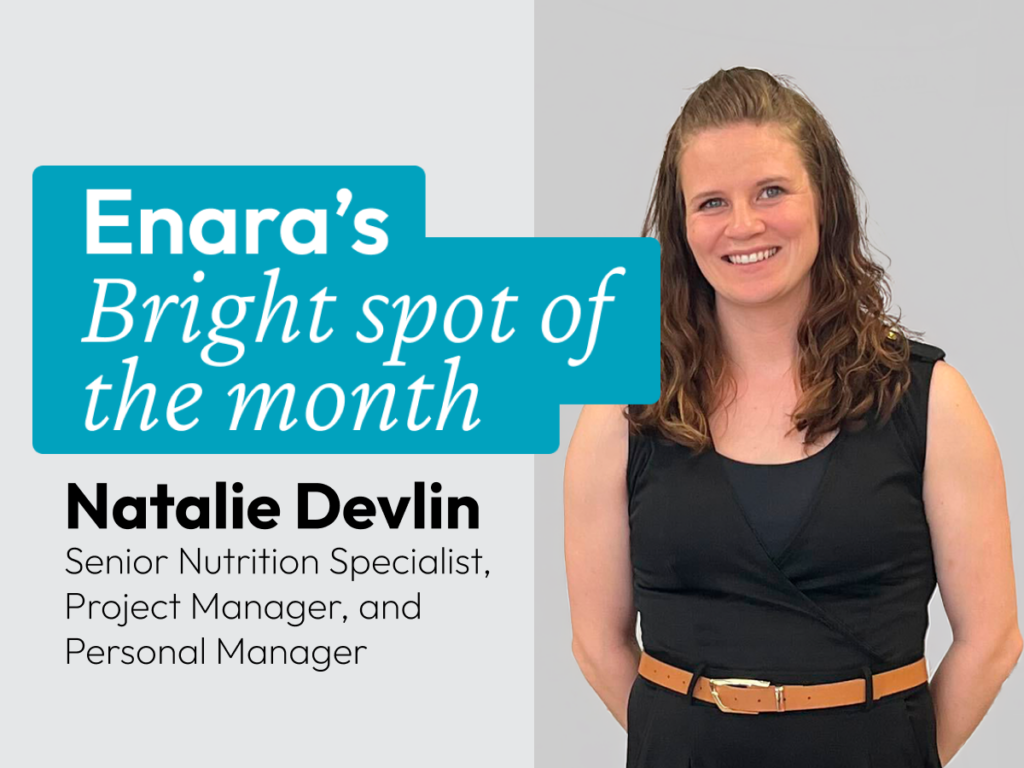What is a Blue Zone? Blue Zones are areas of the world where people live the longest and healthiest lifestyles. Blue Zones have been receiving more media attention recently because of an increased interest in promoting health and increasing the length and quality of life. In the Netflix series Down to Earth with Zac Efron, he visits Sardinia in Italy, one of the Blue Zones where people live to over one hundred years old. More people in Sardinia are of advanced age than a younger age. Is their longevity because of their diet, lifestyle, or behavior choices?
The first Blue Zone discovered was in Sardinia, Italy. Demographic researchers discovered a cluster of male centenarians or people who live to 100 years old in these areas. When researchers were documenting their discovery, they marked maps with blue circles, which led to the name “Blue Zones” as more areas around the world were added to the map. Dan Buettner, a National Geographic Fellow, was involved with this research and is credited with coining the title of Blue Zone for these areas of longevity. In addition to their increased age, Blue Zone residents also have decreased incidences of obesity, cancer, diabetes, and heart disease. The five classified Blue Zones throughout the world are Sardinia, Italy; Ikaria, Greece; Loma Linda, California; Okinawa, Japan; and Nicoya, Costa Rica.
Dan Buettner has written several New York Times bestsellers on Blue Zones. In his books, he describes “power 9,” or nine shared reasons for their longevity. First, their environments allow a lifestyle of moving naturally for energy expenditure without need for further exercise. Second, people live their lives with a sense of purpose. Third, a person takes periods of time throughout the day to shed stress. Fourth, people listen to their body cues and stop eating when about 80 percent full. Fifth, plant sources are a large portion of their diets and meat is rarely eaten. Sixth, credit is given to their frequent and moderate drinking habits of one to two glass of wine (specifically) per day. Seventh, a sense of belonging to a community or group, like a religious group, can be known to add years to one’s life. Eighth, family and loved ones are at the center of one’s life and take first priority. Nineth, people are surrounded by other people who also support healthy behaviors and practices, so that healthy outcomes are reinforced. The “power 9” reasons emphasize a lifestyle that promotes healthy physical, mental, social, and nutritional behaviors and attitudes.
Diet is a major factor for why people live so long and are so healthy in Blue Zones. The reasoning behind this could be based on their consumption of local, whole foods. All of the Blue Zones share similar eating habits and thoughts and feelings about food. One concept is to cease eating with feeling 80 percent full to prevent weight gain. Next, many people practice eating smaller meals in the afternoon and evening and larger meals earlier in the day. Also, a person eats a diet with a majority of plant-based foods, and meat in conservative amounts and portions. They balance eating with their activities, social interactions, and well-being.
For each Blue Zone, certain foods are attributed to its longevity. In Ikaria, Greece, the foods unique to their diet include potatoes, goat’s milk, honey, legumes, wild greens, fruit, fish, feta cheese, lemon, and marjoram, an herb used for tea. In Okinawa, Japan, bitter melon, tofu, garlic, brown rice, green tea, and shiitake mushrooms are associated with their longevity. In Sardinia, people eat goat milk, sheep cheese, flat bread, barley, fennel, fava beans, chickpeas, tomatoes, almonds, milk thistle tea, and wine from local grapes. In Loma Linda, California, members of the Seventh-day Adventist church utilize a “biblical” diet of grains, nuts, fruits, vegetables, water, and sometimes meat. Most commonly, they also eat avocado, salmon, nuts, beans, oatmeal, whole wheat bread and soymilk. In Nicoya, Costa Rica, people follow the “three sisters” diet of beans, corn, and squash, as well as papayas, yams, bananas, and peach palms. Many of these foods are plant-based, which include lots of fruits, vegetables, grains, nuts, and seeds. The fiber and nutrient content of these foods could contribute to their overall health benefit. Also, all of these places emphasize a balanced diet utilizing whole foods and locally sourced ingredients. A sustainable and local diet full of a variety of nuts, grains, beans, fruit, vegetables, dairy, fish, and lean proteins can provide many benefits to the people eating them.
Can we compare Blue Zones to our American lifestyles? And what can we take from them that will realistically fit into our busy everyday lives? It is unrealistic to adopt all the same practices as those living in the Blue Zones. Our lives generally include a nine to five job, physical activity at home or at the gym, and eating on the go or at home with products convenient and accessible to us. The Blue Zones are areas where people have a tradition and lifestyle that promotes natural movement and super fresh homegrown products. At the same time, there are several general healthy practices that we can try to incorporate into our lives. One goal could be to strive to eat balanced meals with whole foods most days out of the week. We could try bringing more mindfulness to our eating by creating space and time for meals. Adding more vegetables to meals is a simple step to increase fiber, vitamins and minerals, and antioxidant intake. Finding simple ways to incorporate more movement into our days could help elevate our moods and relieve stress. Also, it is important to take time to give yourself self-care. These are the key points that I think we can all strive to follow to live healthier lifestyles in general. Including one or two of these things could potentially improve our overall health and well-being. In the end, there are many ways to live a healthy lifestyle and these are just some suggestions that could benefit you.



